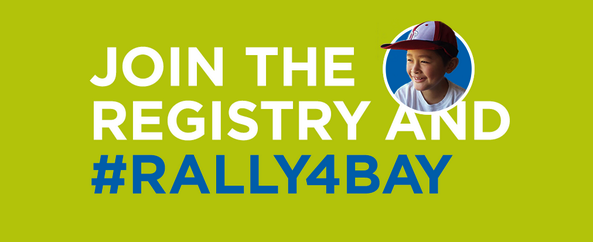Minority Individuals Suffer As Distrust In Public Health Continues

When I saw a sign on my campus that read "Delete Blood Cancer Drive," I could not just casually walk by. Because I had recently read that black women are a group specifically in need of bone marrow donations, I signed up for the national marrow registry with little hesitation.
After I wrote down my contact information, I received a bone marrow registry card. I was handed a package which held two cotton swabs and was instructed to them to swab each cheek for ten seconds. I was asked to do this to see if I might be a potential match for a patient in need of marrow.
SEE ALSO: Bone Marrow Donation: The Lives We Could And Should Be Saving
Many Americans don't understand why matching patient and donor DNA correlates to race and ethnicity.
In this context, the term match refers to "the compatibility of inherited genetic markers called Human Leukocyte Antigens (HLA). These antigens are inherited from your parents. Up to 12 antigens are considered important in the matching process." Doctors search for HLA proteins that surround white blood cells, and are more likely to find HLA matches within the same ethnic group.
Data from the National Marrow Donor Program found that minoritiy groups are less likely to donate marrow. In 2012, about 67 percent of people listed on the Be The Match national bone marrow registry were white, 10 percent Hispanic/Latino, seven percent African-American, 7 percent Asian American and only 4 percent multi-racial. While a white patient is 93 percent likely to have a donor on the registry willing and able to help save a life, that likelihood drops to 66 percent for African-American patients.
Data also show that many potential donors "back out" from the process at the last minute. There is a disparity between which ethnic groups "back out" after registering, seeing as an estimated 40 percent of whites may change their minds at the last minute, while an estimated 60 percent of nonwhites choose not to donate.
Many African-Americans may avoid medical treatment and care because of past medical abuses like the Tuskegee Syphilis Study. From 1932 to 1972, 399 black men from Macon County, Alabama "were deliberately denied effective treatment for syphilis in order to document the natural history of the disease." Many scholars name the Tuskegee Syphilis study as one of the primary reasons for African-American distrust in public health.
People also avoid donating marrow because of the negative stigma surrounding the procedure. The Tuskegee Syphilis Study culminated a shared sense of fear towards medical testing in black America. More specifically, the study resulted in a shared fear of needles that still discourages (some) black men from seeking treatment for HIV/AIDS today.
In 2009, officials working for the national registry were so concerned about the fate of African-Americans with blood cancer that they urged the United States Congress to take action. Congress declared July as African-American Bone Marrow Awareness Month, or AABMAM. Events and conversations take place each to July to increase African-American bone marrow donations, but also to remind " all racial ethnic groups to share this information about increasing the bone marrow registry." The National Associaton for the Advancement of Colored People, also known as the NAACP, hosts a bone marrow drive each year during its National Convention.
It is clear African-Americans with blood cancer are in desperate need of bone marrow, however, Native Americans and Pacific Islanders are the lowest represented groups on the national bone marrow registry. Natives and Pacific Islanders only represent 0.2 percent of those listed on the national registry, and yet there have been little to no efforts to increase participation and awareness for these groups.
The primary issue we are dealing with is battling blood cancer itself, but the deeper problem we must break down consists of the cultural distinctions or inequalities that might scare minorities away from seeking medical treatment. This fear does not apply to all my minorities, but really depends on where or how an individual is raised and educated about their heritage.
On a national level, doctors, researchers and cancer awareness organizations must continue to form relationships with minority groups to debunk myths surrounding blood cancer treatment and healthcare in general.
But making a difference really depends on us, on members of minority groups lucky enough to get a great education, but who are also willing to challenge negative historical stigma and prejudices to see that no more of our brothers and sisters will die waiting for bone marrow.
Reach Contributor Maya Richard-Craven here.



